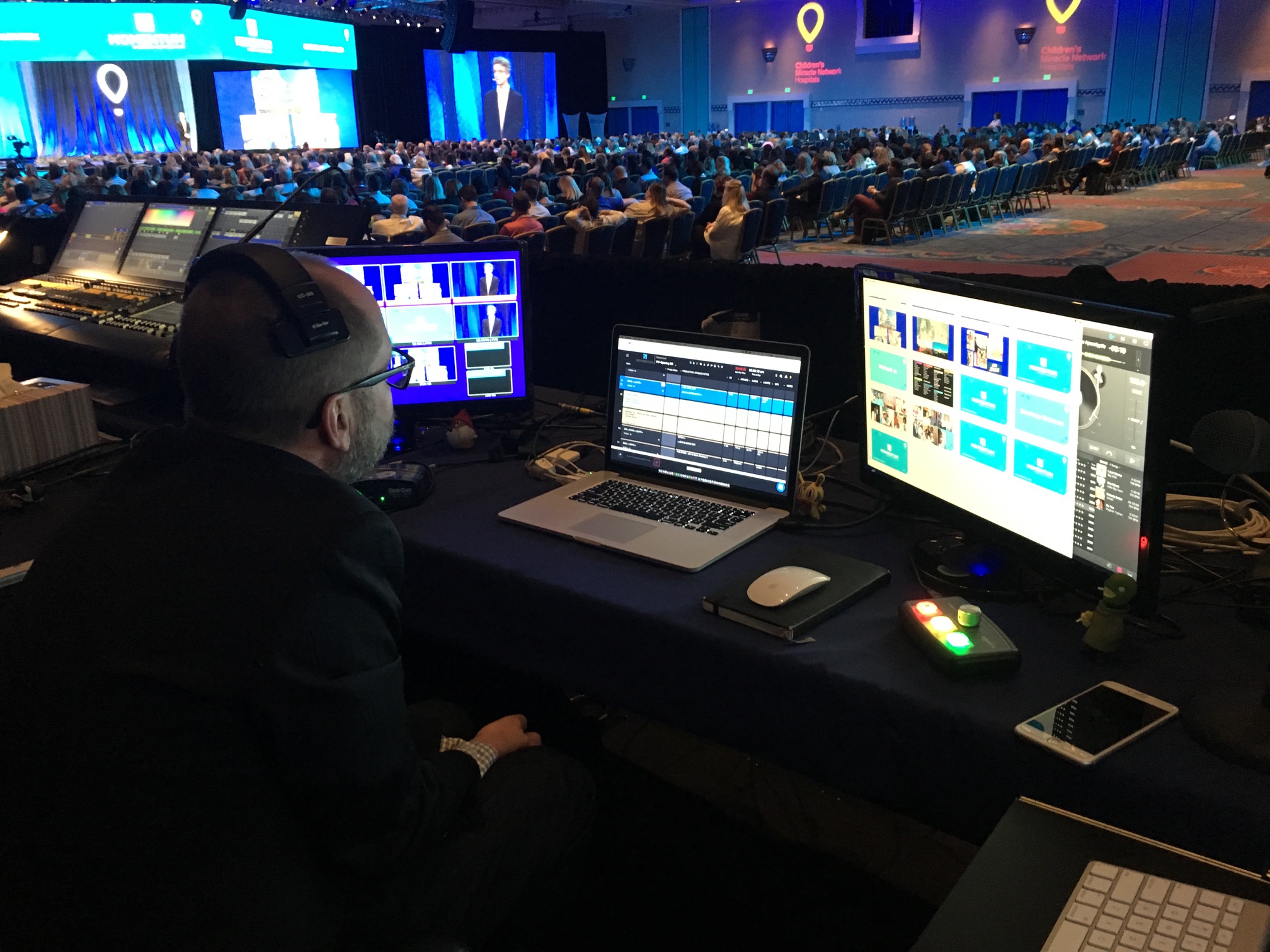Why Occasion Source Solutions Are Crucial for Seamless Event-Driven Designs
In the realm of contemporary software application growth, event-driven styles are progressively common, yet their performance pivots on the execution of durable event source solutions. As markets shift towards real-time information processing, recognizing the effects of occasion sourcing becomes necessary.
Comprehending Event-Driven Architectures
Event-driven designs (EDAs) represent a paradigm shift in developing software program systems, where the flow of details is determined by the occurrence of events. This architectural design advertises a decoupled approach, enabling different components to interact asynchronously. In EDAs, events act as the main methods of communication, causing processes or process in response to particular events, such as customer actions or system adjustments.
The trick elements of an EDA consist of occasion manufacturers, which generate occasions; event customers, which react to occasions; and occasion networks, which facilitate the transmission of events in between producers and consumers. This framework improves system responsiveness and scalability, as components can separately refine occasions without the requirement for synchronous interaction.
In addition, EDAs allow real-time information handling, making them ideal for applications requiring instant understandings-- such as fraud detection in monetary systems or monitoring IoT gadgets. They also support an even more active advancement atmosphere, permitting groups to iterate rapidly and release brand-new functions with very little interruption to existing solutions.
The Duty of Occasion Source Solutions
While different parts in an event-driven style rely on efficient interaction, event resource remedies play a vital duty in producing and handling the flow of events. These services work as the first point of occasion production, capturing modifications in state or individual actions and converting them right into occasions that can be circulated with the system.

Moreover, they help with the decoupling of manufacturers and consumers within an architecture, allowing systems to scale individually. This decoupling is important for enhancing system durability, as it decreases dependences that can or else lead to bottlenecks or solitary factors of failure.
Benefits of Real-Time Information Handling
Real-time data handling considerably improves the capabilities of event-driven designs by making it possible for prompt insights and actions based upon the most up to date info (your event source charlotte). This immediacy not only speeds up decision-making however additionally enhances the importance and precision of those decisions. Organizations can reply to occasions as they take place, lowering latency and improving functional dexterity
Among the main advantages of real-time information processing is the capacity to capture and examine data continuously. This promotes positive steps instead of responsive actions, allowing companies to expect trends and prospective problems prior to they intensify. look at this site In markets such as finance or shopping, real-time analytics can determine illegal deals or consumer habits adjustments, allowing speedy treatments that alleviate threat and enhance consumer complete satisfaction.

Inevitably, the combination of real-time data handling into event-driven architectures empowers organizations to harness the complete potential of their data, driving development and affordable advantage in an increasingly vibrant marketplace.
Enhancing System Interaction
Efficient communication in between systems is important for the success of any event-driven architecture. Occasion resource remedies promote this interaction by providing a durable framework for recording and transmitting events in actual time. By systematizing exactly how systems create and eat events, these solutions get rid of ambiguity and foster interoperability, enabling disparate systems to collaborate flawlessly.
Making use of occasion streams enables systems to react quickly to modifications, ensuring that all parts are aligned and informed. This responsiveness is vital in environments where prompt information exchange straight impacts decision-making and overall system performance. Event resource remedies supply mechanisms for event filtering, improvement, and transmitting, boosting the effectiveness of data flow between systems.
In addition, by implementing a publish-subscribe design, occasion source solutions decouple system components, enabling higher adaptability and scalability. This decoupling means that systems can progress individually, making it less complicated to incorporate brand-new functionalities or change existing components without interrupting general original site interaction.
Future Fads in Occasion Sourcing


Another substantial trend is the rise of cloud-native occasion sourcing remedies. These platforms take advantage of the scalability and versatility of cloud facilities, allowing organizations to successfully take care of and save vast amounts of event data without the overhead of conventional systems. This shift promotes higher ease of access and partnership across groups.
Moreover, the adoption of microservices design is influencing occasion sourcing techniques. As businesses increasingly segment their applications right into smaller, independent solutions, occasion sourcing supplies a robust system to preserve information consistency and stability across these dispersed systems.
Final Thought
Finally, occasion source solutions function as a critical foundation for smooth event-driven styles, enabling efficient event generation and management. By facilitating more info here asynchronous communication in between components, these services improve system resilience and advertise the independent evolution of solutions. The benefits of real-time data processing and enhanced system communication highlight the relevance of taking on event sourcing methods. As the demand for robust dispersed systems increases, the importance of occasion source services will certainly remain to expand, shaping the future of event-driven style.